Hedges don't have to be boring green blocks that look the same all year round. Plantsman Graham Rice picks 10 of the best flowering plants to bring blooms, birds and bees to your garden boundaries
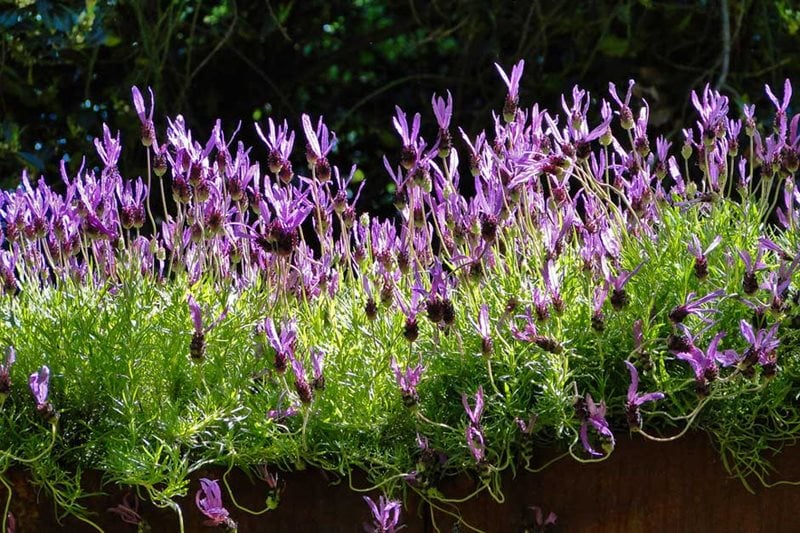
Some of the most effective hedges you’ll see are neatly clipped evergreens with never a flower on show. But if you’re looking for something a little less formal, either as a garden divider, a screen or for the boundary, think about planting an informal flowering hedge.
Evergreen or deciduous, low and neat, taller and tangled - flowering hedges can create colour themes, provide shelter and nest sites for birds and perhaps even follow the flowers with colourful berries.
And they don’t need clipping as much as privet and conifer hedges do. In fact, with too much trimming all the flowering shoots are likely to end up on the ground. Clip them using shears or power clippers, but it’s important to get the timing right to ensure the best display - generally the best time is immediately after flowering.
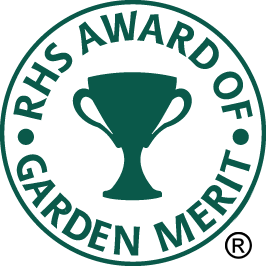
- This choice of 10 are mostly* winners of the Award of Garden Merit (AGM) - an independent assurance that the varieties are reliable, good for normal garden use and widely available.
- Numbers at the end of each entry refer to plant height and RHS hardiness rating.
Fragrant flowers and aromatic foliage
Mexican orange blossom (Choisya) makes lovely informal hedges that rarely need pruning. With aromatic, evergreen leaves and fragrant flowers in spring, summer and sometimes autumn too, they’re essential garden shrubs. Choisya ternata is the old favourite, its glossy foliage making a dense barrier in which birds love to hide in between trips to the feeder. It grows to around 2m (6½ft) but can easily be kept shorter.
There’s also a dazzling yellow-leaved form, Sundance (‘Lich’), which is one of our most colourful shrubs but a hedge of it needs careful placing – the new spring foliage is just so bright! A number of hybrids have appeared in recent years including C. x dewitteana ‘Aztec Pearl’ (1.5m / 5ft) with a softer presence than C. ternata owing to its slender foliage creating a gentler effect. Pink-tinted buds open to white flowers in May and August. All H4.
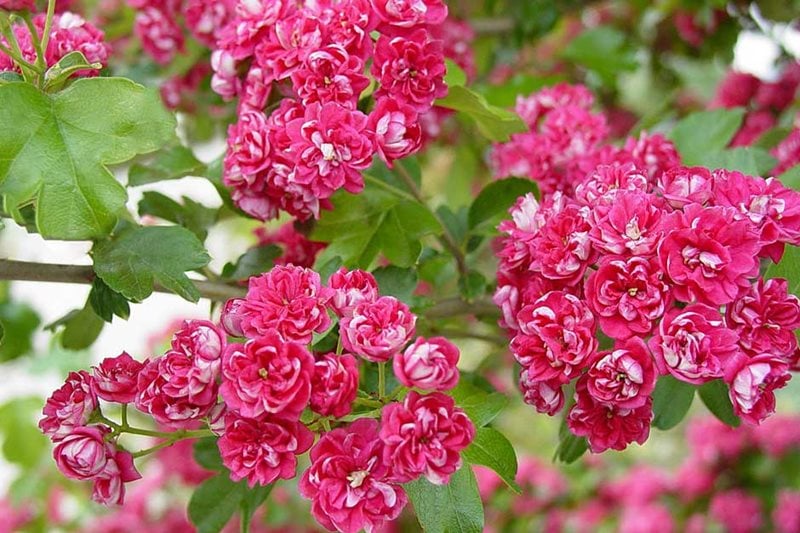
Colourful wildlife boundary
Hawthorn is one of the most valuable wildlife trees, but for a garden hedge Crataegus laevigata ‘Paul’s Scarlet’ is a definite step up from the wild type. Clusters of pinkish-red double flowers open in May followed later by yellow autumn leaf colour and small red berries. Cut back by half on planting to create densely-branched plants, then every autumn. 2-3m (6½-10ft). H7.
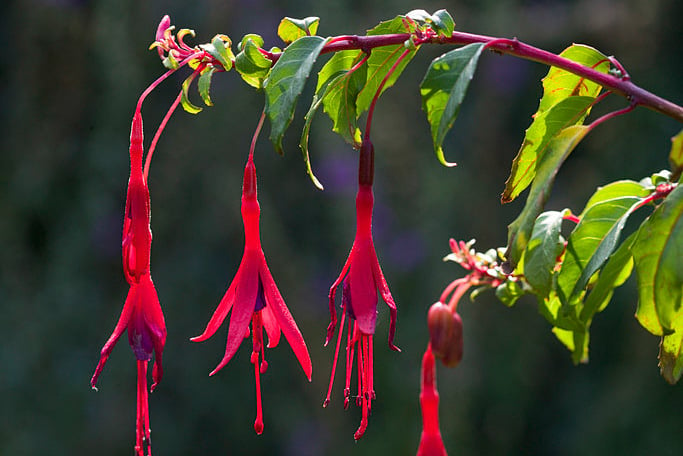
Summer and autumn flowers
One of the hardiest of all fuchsias, the dainty scarlet and purple flowers of Fuchsia ‘Riccartonii’ line the branches for months, followed by purplish red, almost black, berries. It makes one of the most picturesque of all garden hedges. ‘Riccartonii’ will be cut the ground by winter frost in cold areas, otherwise prune in spring as growth begins. 1-1.5m (3-5ft). H6.
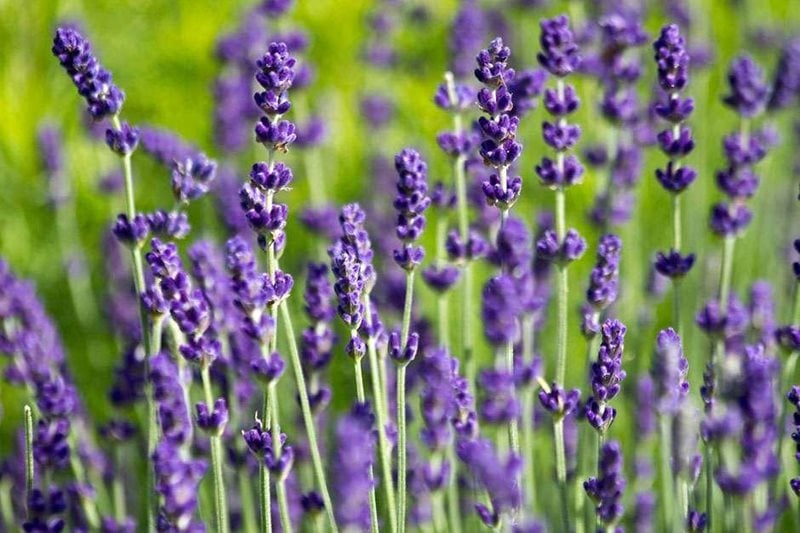
Aromatic lavender for flower and herb gardens
A low lavender hedge makes an ideal divider or edging for herb and vegetable gardens as well as for country-style flower gardens. Some varieties work better as hedging than others and the naturally compact Lavandula angustifolia ‘Hidcote’, with its grey-green foliage and unusually deeply-coloured lavender summer flowers, is one of the best. Cut back by a third after the main flush of flowers. 45-60cm (18-24in). H5.
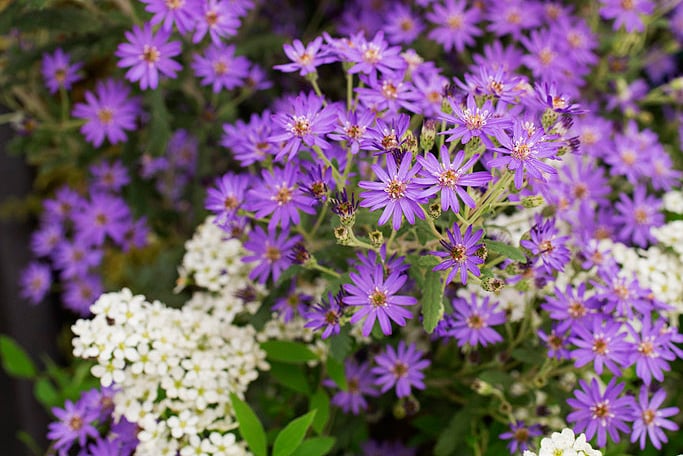
Unusual flowering evergreen
Olearias come from Australia and New Zealand and should be better known here. Drought tolerant once established, the evergreen greyish foliage of Olearia x scilloniensis ‘Master Michael’ is attractive all year round, then in May the plant is covered in pretty blue daisies. It’s a little like a very classy, shrubby, spring-flowering Michaelmas daisy. Clip after flowering. 1-2m (3-6½ft). H4.
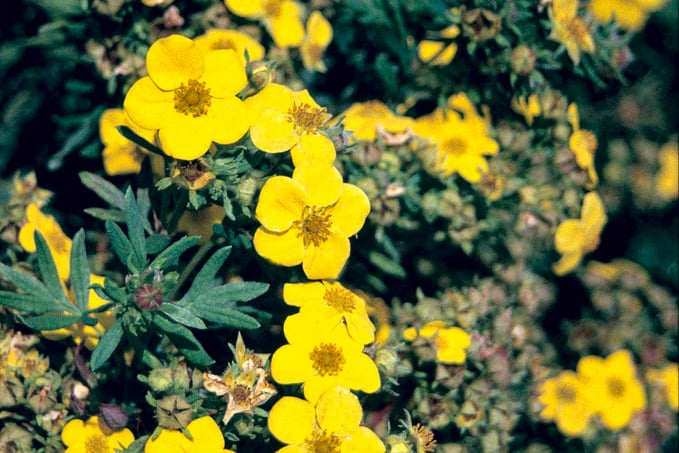
Flowers from spring to autumn
Opening its first golden blooms in May and the last in September, Potentilla fruticosa ‘Jackman’s Variety’ flowers over an unusually long period. Set against prettily divided leaves and on particularly upright plants (for a potentilla, anyway), ‘Jackman’s Variety’ is an old favourite that makes an ideal path-side hedge.1.5m (5ft). H7.
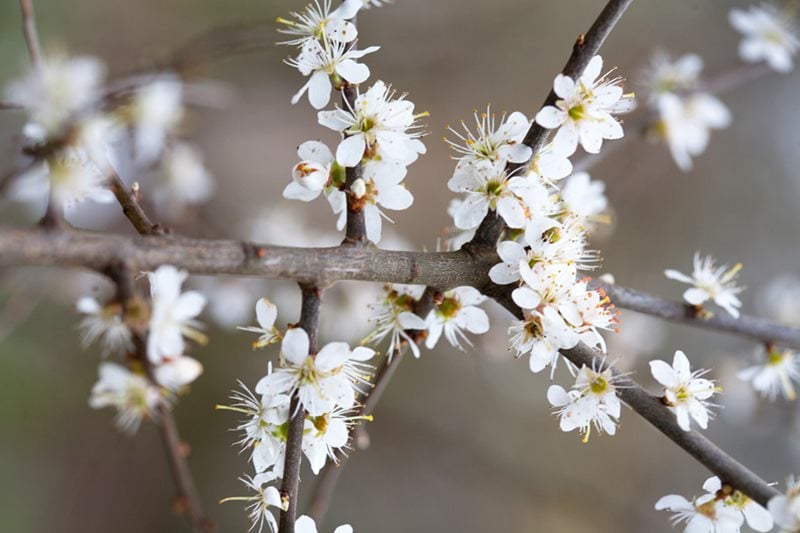
Bird-friendly blackthorn
Blackthorn, Prunus spinosa, is a familiar thorny native hedgerow shrub with clouds of white spring flowers and fruits like small plums which have an attractive bluish bloom at first then turn glossy black. Appreciated by birds for its spine-protected nest sites and valuable autumn fruits (sloes - also useful for gin), mix with ‘Paul’s Scarlet’ hawthorn for an attractive wildlife-friendly boundary. Clip after flowering. 1.5-2m (5-6½ft). H7.
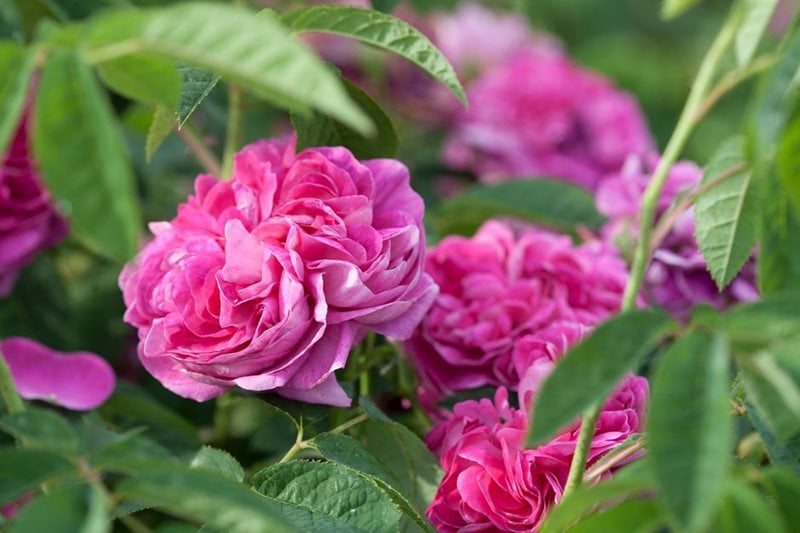
Flowers and fragrance
Many roses make lovely informal hedges but its combination of rich purple-crimson flower colour, powerful fragrance and general resilience makes ‘Charles de Mills’ a top choice. It flowers for a long season in June and July and has the great benefit of being almost completely thornless. Prune by removing the oldest branches near the base each winter. 1.5m (5ft). H6.
* The only plant featured in this article that doesn't have an AGM is blackthorn, Prunus spinosa.

